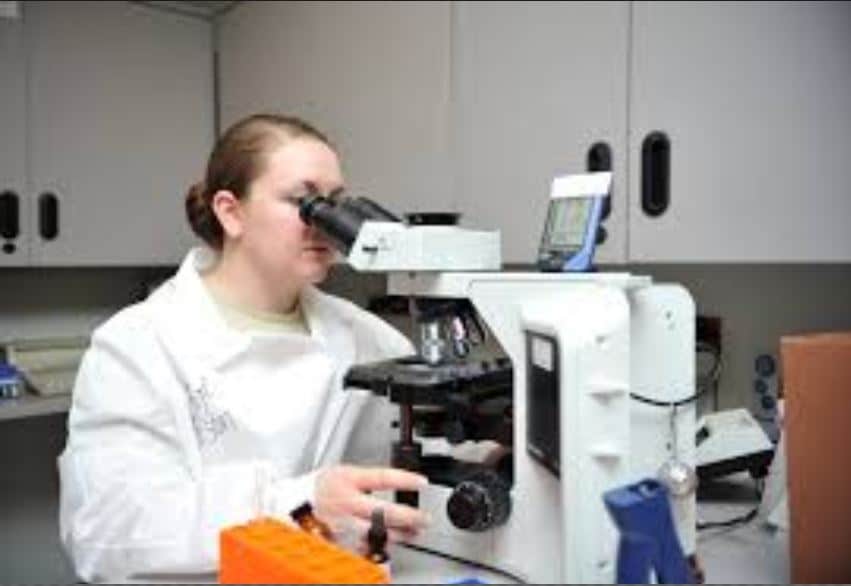Science labs are found in elementary, charter, private and public high schools and universities. Many people enjoy working in labs during school and decide to seek employment in labs where experiments, especially successful ones, translate into money. All labs have equipment in common too. There are four different types of equipment poor, decent and outstanding labs will have without exception.
Safety Equipment
Staying safe is the number one rule in all labs. For example, aggregatespend.com is a successful company comprised of several laboratories, and Porzio Life Sciences focuses on striving to enhance the productivity of life sciences divisions, including commercialization. It is impossible for it to happen if the scientists employed were a danger to themselves and others. There are labs with lackadaisical attitudes about safety, rules, and equipment, but the top tier labs see safety practices and equipment as crucial to success.
Microscopes
The microscope is the piece of lab equipment most people think of when they imagine a lab. All labs need microscopes because using them to see what the naked eye is unable to make microscopes indispensable, but they have other important and necessary functions. Microscopes are necessary for mixing chemicals and used in dissecting microscopic specimens.
Stereo microscopes are designed to provide a substantial three-dimensional view of a specimen. In advanced science laboratories, high-resolution and magnification imaging microscopes and electron microscopes are able to provide magnification at the cellular level. Scanning probe microscopes are capable of creating images of nanoscale surfaces. Microscopy is at the heart of many specialized scientific investigations today.
Beakers
Beakers have a myriad of uses. A lab or a corporation made up of many labs designed to serve purposes like an NJ life science company and their suite of products & solutions are especially dependent on beakers and their complex nature. Beakers are used to store chemicals and volatile combinations of chemicals in a similar fashion. Also, they are the containers used to experiment on liquids through heating and extreme heating. Additionally, they are used to contain chemical reactions. Finally, lab technicians and scientists use beakers to collect, measure, stir and transfer liquids from different containers into beakers and from one beaker to another beaker.
Centrifuges
The centrifuge is crucial and necessary in any professional labs. A centrifuge is a device used to separate things into fluids, liquids or gas based on density. Additionally, centrifuges are used to remove suspended material from mediums at biomedical research centers. Hospitals in civilized countries could not operate without centrifuges, and they are used heavily in all labs but hold higher value in medical and biomedical research labs.
Different labs serving different purposes have various kinds of equipment to fill needs and achieve successes. The four crucial pieces of lab equipment listed and described above are vital and indispensable, which means it would be nearly impossible to find a lab without them. Safety equipment, microscopes, beakers, and centrifuges are the four most significant pieces of laboratory equipment located in any standard or well-known laboratory in the world.
Emma Sturgis
Recent Posts
- Castor Oil For Better Hair Growth: Is It Myth Or Fact?
- Exploring the Differences Between Sermorelin, Ipamorelin, Ibutamoren, GHRP2, and GHRP6: Understanding Their Role in Human Growth Hormone Regulation
- Unraveling the Mystery: Understanding the Causes and Prognosis of Ventricular Tachycardia Without Apparent Heart Disease
- Understanding Grandparents’ Rights in Oklahoma: Navigating Visitation and Legal Protections
- 10 Reasons to Consider Hypnotherapy for Your Health

